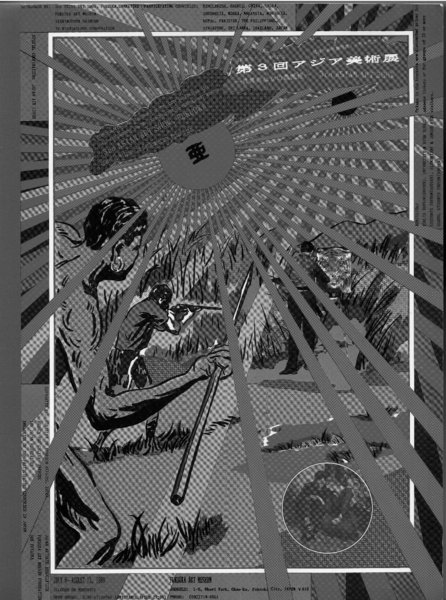4 1989: Asian Biennialization
Exhibitions in this chapter: Asian Art Show (1979, Fukuoka, Japan); Asia-Pacific Triennial (1993, Brisbane, Australia); Gwangju Biennale (1995, Gwangju, South Korea); Shanghai Biennale (2000, Shanghai, China)
Introduction
By the 1990s, new large, recurring survey exhibitions were springing up across the Asia-Pacific region. Brisbane, Fukuoka, Taipei, Gwangju, and other cities began important international biennials or triennials that garnered international attention. The rise of such biennials over the decade, it might have been presumed, was yet another symptom of global power stretching out from colonial-era centers, with the Venice Biennale and documenta at the apex of a pyramid. The reality was much less simple.

Figure 4.1 Cover of Fukuoka Art Museum, 3rd Asian Art Show, Fukuoka, exhibition catalogue (Fukuoka: Fukuoka Art Museum, 1989). Courtesy The Fukuoka Art Museum Collection.
For a start, the rise of Asia was often touted as exemplifying the triumph of neoliberalization. The call was along the lines of “look at the biennials, triennials, and art fairs in China alone these days, all cannibalizing the western biennial model!”1 But by contrast, as we have emphasized in previous chapters, the idea of biennials generating international cultural exchange was definitely not just a post-1989 phenomenon, nor did it arise from a desire to join ...
Get Biennials, Triennials, and Documenta now with the O’Reilly learning platform.
O’Reilly members experience books, live events, courses curated by job role, and more from O’Reilly and nearly 200 top publishers.

